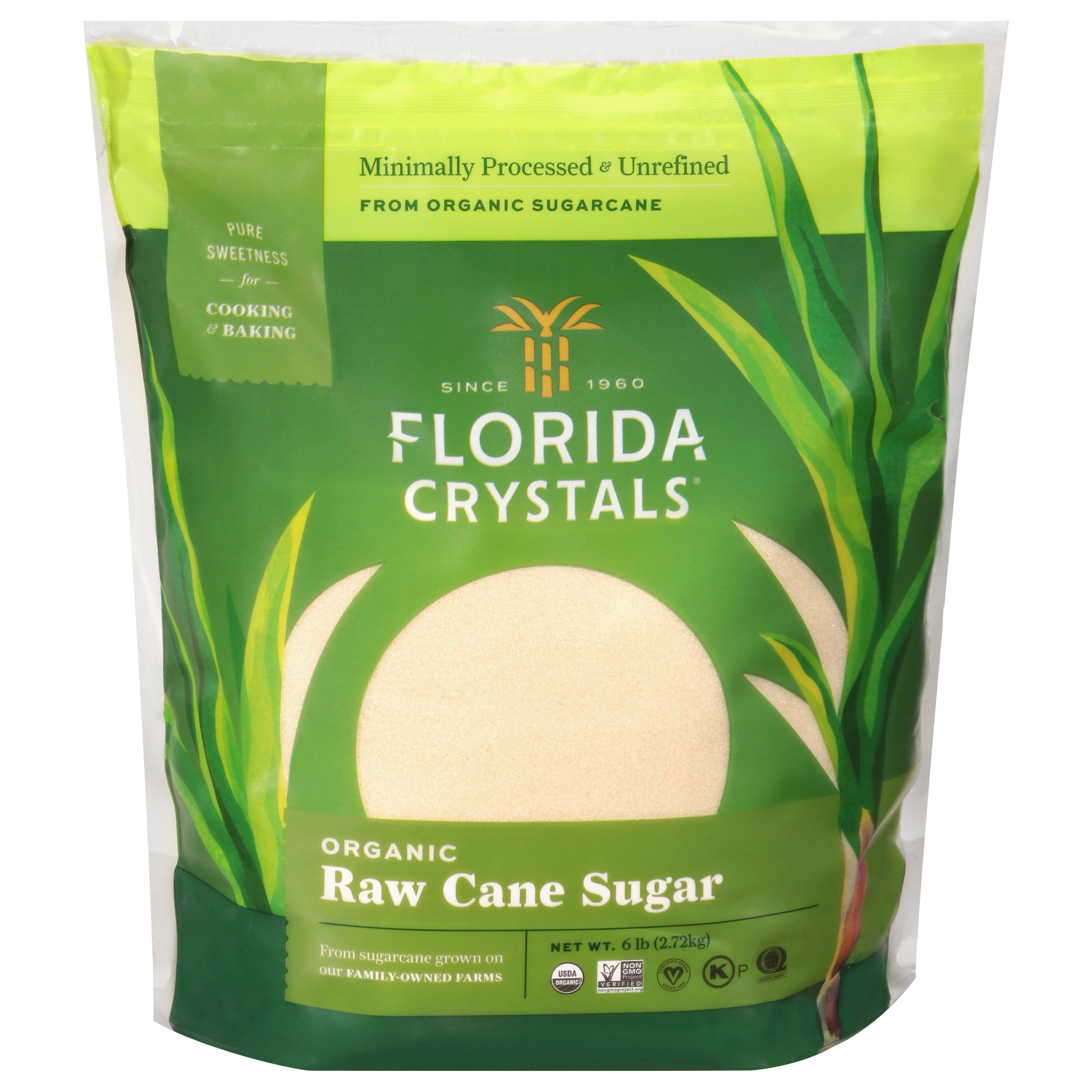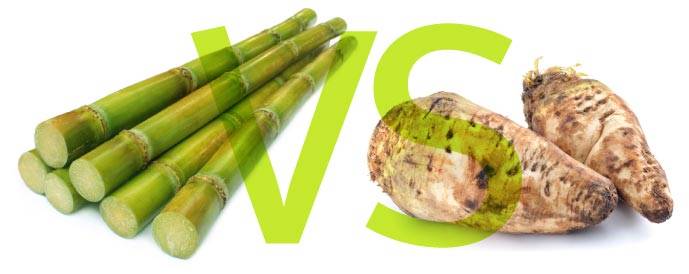Understanding the Important Techniques and Technologies Employed in Modern Walking Stick Sugar Handling
The evolution of walking stick sugar processing has been significantly formed by the assimilation of innovative techniques and modern technologies that deal with both efficiency and sustainability. As we check out these crucial advancements, it comes to be necessary to analyze just how they not only improve manufacturing but additionally align with wider market fads and consumer demands, elevating questions regarding the future of sugar processing and its implications for worldwide markets.
Historical Context of Walking Stick Sugar Processing
The historic context of walking cane sugar handling reveals a rich tapestry of agricultural innovation and cultural exchange that has formed its growth over centuries. The procedure of extracting and refining sugar gained momentum in India, where approaches for formation were perfected around the Sixth century.

Advanced Extraction Techniques
Effectiveness in walking stick sugar extraction has actually seen considerable advancements, driven by the need for higher returns and reduced manufacturing expenses. Conventional techniques have developed, offering way to innovative innovations that boost the effectiveness of the extraction process. One noteworthy improvement is making use of enzyme-assisted extraction, in which certain enzymes damage down cell wall surfaces and release even more sucrose from the cane fibers. This strategy not only enhances sugar yield however also minimizes the power required for processing.
Furthermore, the fostering of membrane layer purification modern technologies, such as nanofiltration and reverse osmosis, has transformed the splitting up of sugar from pollutants. These approaches enable the discerning permeation of sugar molecules while keeping larger contaminants, improving the removal procedure and decreasing waste.
Moreover, the assimilation of continual removal systems has actually led to boosted functional performance. Cane Sugar Processing. These systems keep a continuous flow of walking cane material, guaranteeing ideal removal problems and minimizing downtime associated with batch processing
Ingenious Refining Technologies
Refining methods in walking stick sugar processing have actually gone through a transformative change, driven by the demand for greater pureness and enhanced item quality. One of the most notable advancements is the adoption of membrane layer purification technologies, such as ultrafiltration and nanofiltration. These processes effectively remove pollutants and colorants without the demand for extensive chemical treatments, consequently maintaining the sugar's all-natural taste and improving its appeal.
One more significant development is using ion exchange resins, which permit discerning elimination of undesirable ions from sugar remedies. This innovation not only raises the total pureness of the end product yet also adds to lowered waste and ecological effect.
Furthermore, developments in adsorption strategies, making use of turned on carbon and various other sophisticated materials, have actually shown reliable in decolorizing sugar options while maintaining optimal high quality. The integration of these cutting-edge refining innovations makes sure that manufacturers can create polished sugar with remarkable quality and preference, satisfying the progressing choices of consumers.
Automation and Control Solution
Current innovations in refining innovations have actually check this led the way for considerable enhancements in automation and control systems within walking stick sugar handling facilities. These systems utilize sophisticated software program and hardware to improve functional performance, reduce human mistake, and make sure consistent product high quality.
Modern automation incorporates different components, consisting of sensors, actuators, and programmable logic controllers (PLCs), allowing real-time surveillance and control of crucial processes. For anchor instance, temperature level, circulation, and stress rates can be exactly managed throughout extraction, clarification, and formation stages, enhancing performance and decreasing waste.
In addition, progressed data analytics and machine understanding algorithms play a crucial function in anticipating upkeep, enabling operators to prepare for tools failings before they occur. This positive technique not only decreases downtime but also extends the lifespan of equipment.
Furthermore, automation helps with the application of Sector 4.0 principles, empowering sugar mills to attain higher connection and data exchange throughout procedures. Therefore, decision-making becomes more educated and active, inevitably boosting the overall competitiveness of walking stick sugar manufacturing. With these advancements, the sector is well-positioned to meet expanding worldwide needs while preserving functional excellence.
Sustainability Practices in Sugar Manufacturing
Sustainability techniques in sugar production have ended up being significantly necessary as the industry looks for to stabilize economic viability with ecological obligation. As customer understanding expands pertaining to the environmental impacts of farming practices, sugar manufacturers are adopting innovative techniques to reduce their ecological footprint.
One substantial method is the application of precision agriculture methods, which use information analytics to optimize resource use, such as water and plant foods. This minimizes waste and reduces the influence on local ecological communities. Furthermore, several manufacturers are transitioning to renewable resource sources, such as biomass from sugarcane by-products, to power their operations, consequently reducing dependence on fossil gas.
Water administration methods are additionally essential; rain harvesting and efficient irrigation systems assist minimize water deficiency problems. Cane Sugar Processing. Furthermore, incorporated parasite monitoring approaches lower chemical use, promoting biodiversity and dirt health
Corporate social responsibility initiatives are arising, with firms get more investing in regional communities and making sure fair labor methods. By welcoming these sustainability methods, the sugar market not only improves its reputation but likewise contributes to a much more sustainable agricultural landscape, leading the way for future generations.

Verdict
In summary, contemporary walking stick sugar handling includes a variety of advanced techniques and modern technologies that substantially improve sustainability, effectiveness, and return. Jointly, these developments place the cane sugar market to fulfill modern needs while dealing with vital worldwide obstacles.
The advancement of walking cane sugar handling has actually been significantly formed by the assimilation of advanced strategies and technologies that resolve both performance and sustainability.The historic context of walking stick sugar handling reveals a rich tapestry of agricultural technology and cultural exchange that has formed its advancement over centuries. Innovations in milling and refining arised, laying the groundwork for modern cane sugar processing.Refining strategies in walking cane sugar processing have undertaken a transformative shift, driven by the need for higher pureness and enhanced product quality.In recap, modern walking stick sugar processing includes a range of sophisticated techniques and innovations that dramatically improve sustainability, performance, and return.